Pratique | Identification
Un Eider à tête grise de premier hiver découvert dans le Calvados
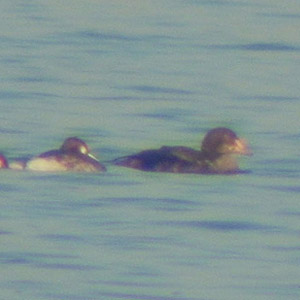
Eider à tête grise (Somateria spectabilis) de premier hiver et Grèbe huppé (Podiceps cristatus) à Villerville (Calvados) le 12 février 2008. Ce jeune eider stationnait loin du rivage et n’était visible qu’avec des jumelles ou une longue-vue.
Photographie : James Jean Baptiste
Introduction
L’Eider à tête grise (Somateria spectabilis) est une espèce « mythique » pour les observateurs français, belges et suisses (entre autres): en effet, outre la beauté du plumage du mâle en plumage nuptial, ce canard marin niche dans des contrées inaccessibles, sur les côtes de Sibérie et du Canada. Ses quartiers d’hiver réguliers les plus proches se situent au nord de la Norvège, par exemple dans le fjord de Varanger.
Cet oiseau atteint très rarement les côtes françaises, avec seulement sept données confirmées entre 1981 et 2001 : son observation est donc toujours un « événement ». Le 12 février 2008 à 9h30, James Jean Baptiste, du Groupe Ornithologique Normand (GONm), qui effectuait alors des comptages d’oiseaux hivernants sur le littoral augeron (Calvados), a découvert un mâle immature, et il nous a transmis des photos.
Nous vous proposons une présentation de cette espèce, son identification et des précisions sur la donnée normande.
Nous remercions Jean-Pierre Marie, Jim Woods, John Richings, Hugh Addlesee, Andy Webb et Nick Littlewood pour nous avoir aidé à illustrer cet article.
Abstract
The King Eider (Somateria spectabilis) is a large sea duck, which breeds along northern hemisphere arctic coasts of northeast Europe, North America and Asia. It winters further south in Eastern Canada and United-States, Northern Norway, and in the Bering Sea, where it can form large flocks on suitable coastal waters, This species is smaller than Common Eider.
The male is unmistakable with its black body, white breast and multicoloured head. The female is a brown bird, but can still be readily distinguished from all ducks except other eider species on size and structure. The head is shorter than in Common Eider, and the feathering extension onto the bill is rounded, not triangular in shape. Immature drakes are typically all dark with a white breast and a yellow bill patch. Eclipse adult drakes are similar but lack the white breast.
The species is very rare in France (7 data from 1980 to 2001), but the 12th of February 2008, James Jean Baptiste, who was counting Seaducks for the Groupe Ornithologique Normand, discovered an first-winter male off Villerville (Calvados, Normandy, France). The bird was still here the 21th of February.
In this article, we propose you a presentation of this mythic species, and a description of the bird found in Normandy.
Poursuivez la lecture de cet article, en vous abonnant dès maintenant !
Découvrez les Archives d’Ornithomedia.com
Pour seulement 10,00 €TTC/an (ou 6,00 € les 6 mois)
Profitez de plusieurs centaines d’articles en accès illimité et sans aucun engagement.
Compléments
À lire sur le web
Le site du Groupe Ornithologique Normand : www.gonm.org
Dans la galerie d’Ornithomedia.com
Eider à tête grise (Somateria spectabilis)
Dans la rubrique observations d’Ornithomedia.com
Eider à tête grise (Somateria spectabilis)
Ouvrage recommandé
Le guide ornitho de L. Svensson et al
Sources
- Rebecca L. Bentzen et Abby N. Powell (2015). Dispersal, movements and site fidelity of post-fledging King Eiders Somateria spectabilis and their attendant females. Ibis. Volume : 157. Numéro : 1. Pages : 133-146. onlinelibrary.wiley.com
- Jamie Fenneman et Rick Toochin. The Occurrence and Identification of King Eider in British Columbia. The University of Brtish Columbia. ibis.geog.ubc.ca
- Oiseaux-birds. Eider à tête grise. www.oiseaux-birds.com





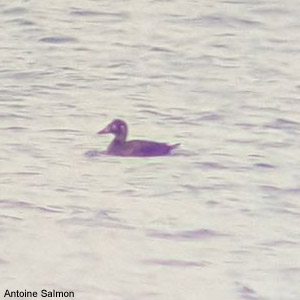
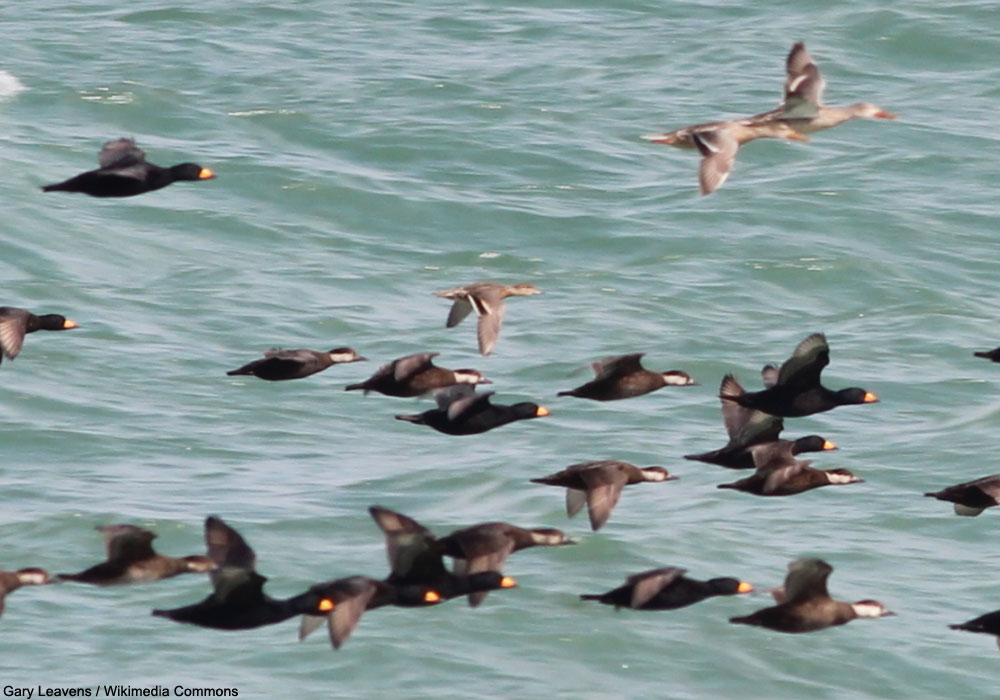
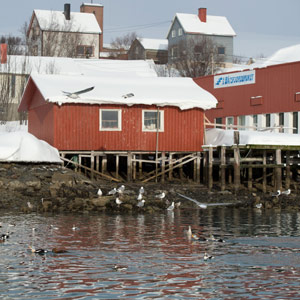
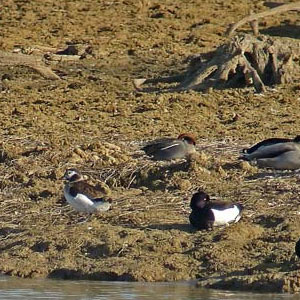

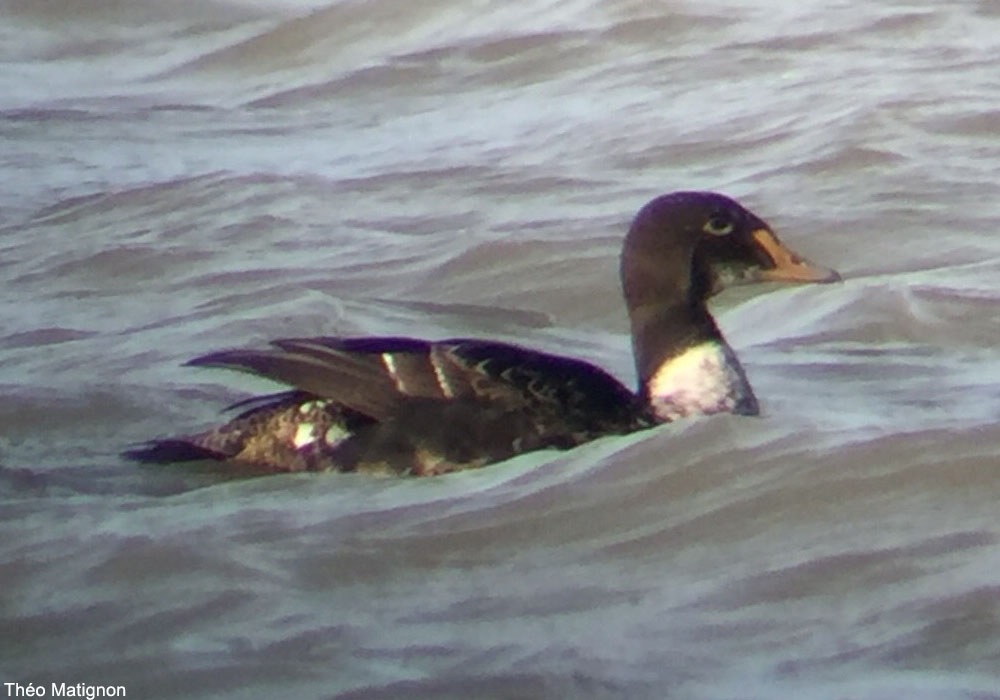
Aucun commentaire sur ce sujet
Participer à la discussion !